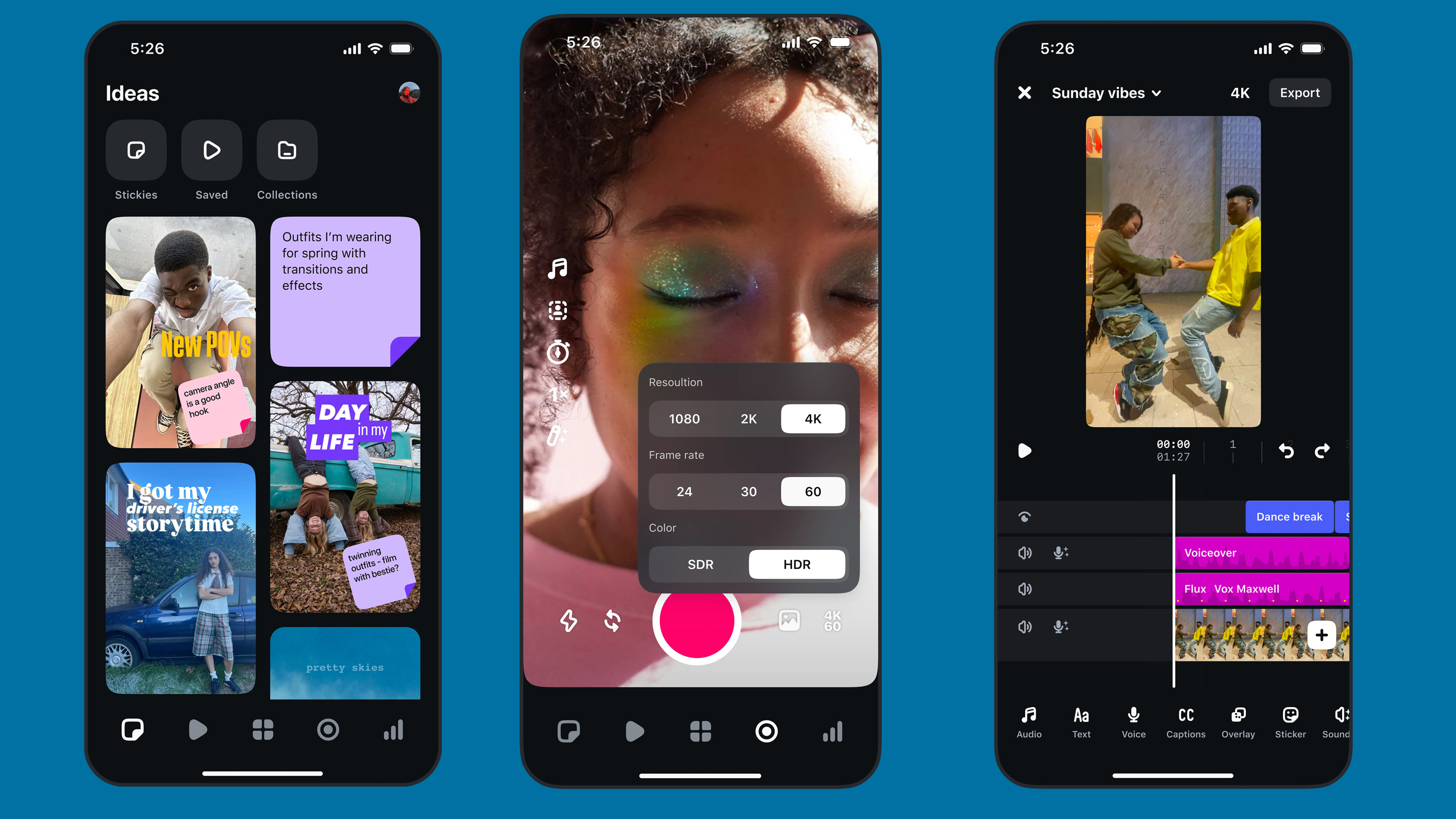Trailer for the film Koudelka: Shooting Holy Land
The legendary Magnum Photos photographer Josef Koudelka spent four years photographing Israel and Palestine whilst photographer and filmmaker Gilad Baram shot the whole process.
A new cut of the resulting documentary film Koudelka: Shooting Holy Land, directed by Baram and produced by Nowhere Films, was recently released and is now available in DVD, Blu-Ray and streaming formats.
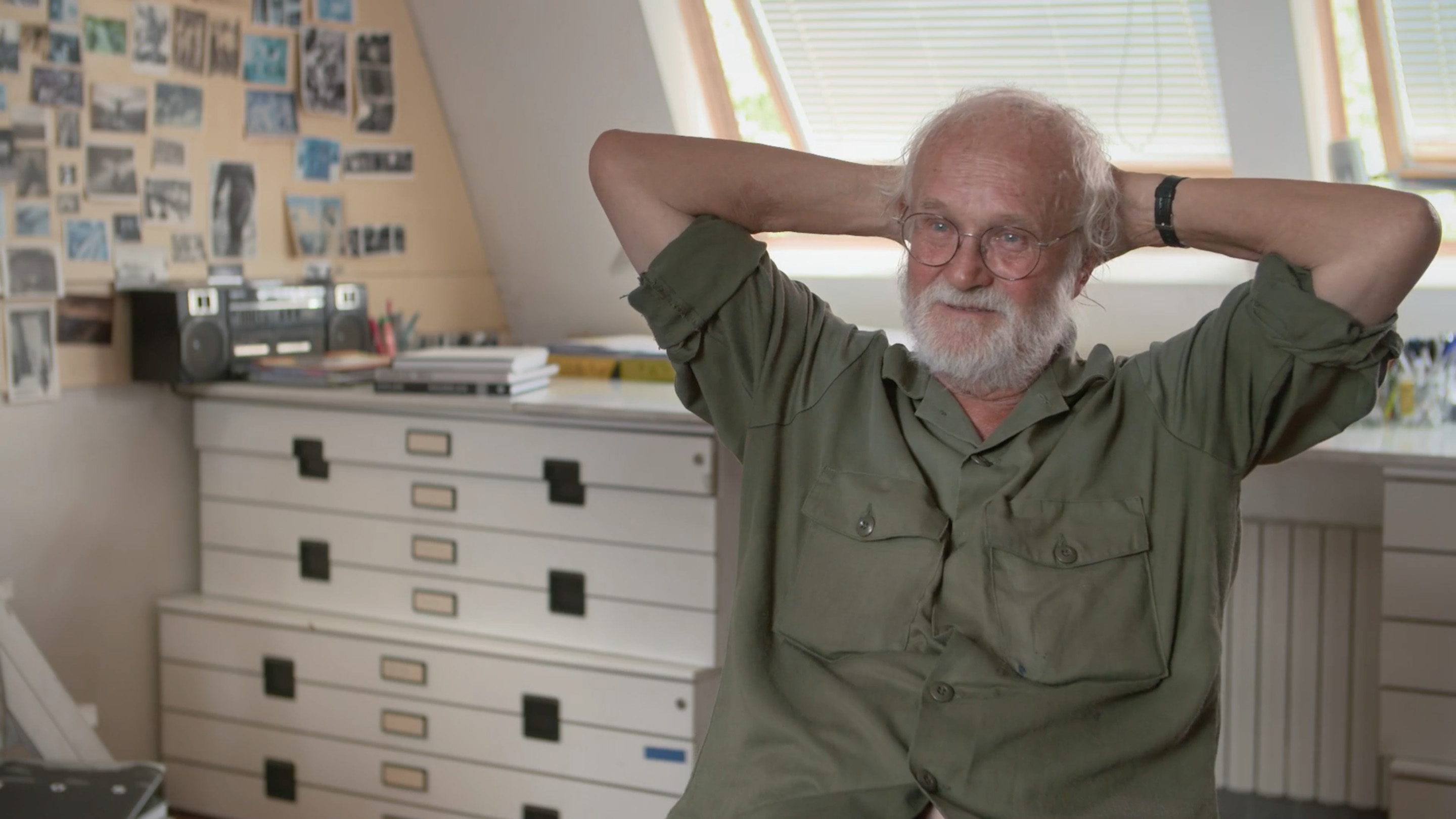
Gilad Baram was a third year photography student at the Academy of Art in Jerusalem when he got the unique opportunity to work alongside the world famous photographer Josef Koudelka.
The chance arose thanks to a project called ‘This Place’, which was the brainchild of French photographer Frédéric Brenner. Brenner’s idea was to get internationally acclaimed photographers to explore the complex nature of the region as a place and metaphor, through their eyes.
The 12 photographers finally involved included the likes of Koudelka, Brenner, Rosalind F. Solomon, Gilles Peress, Stephen Shore and Nick Waplington.
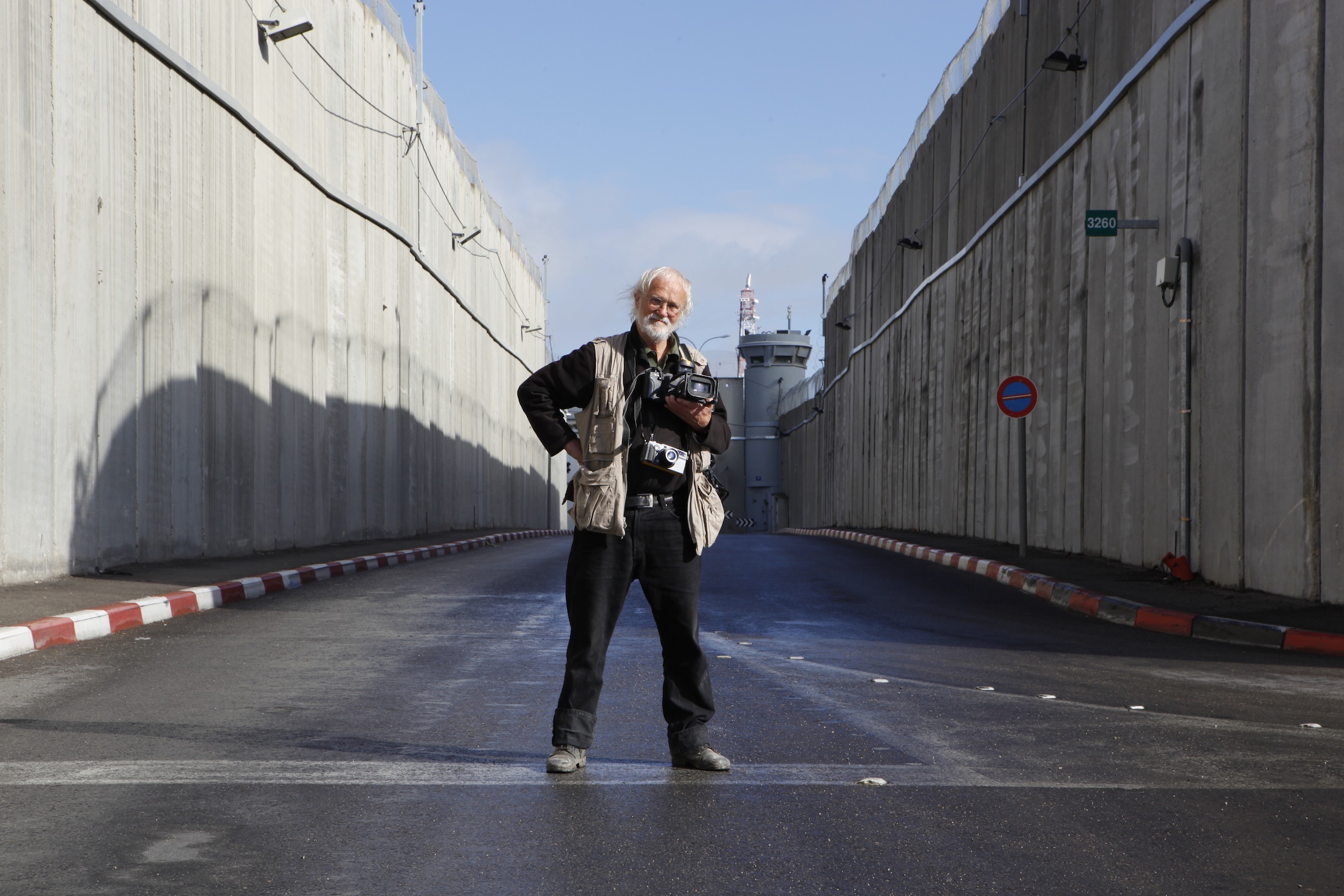
Gilad Baram explains: “Koudelka was basically the first photographer from the group arriving and I was the first student to be picked out from my year as an assistant – there was a co-operation between my department and this [This Place] project. We were kind of thrown together and had no clue what it was going to be like.”
Get the Digital Camera World Newsletter
The best camera deals, reviews, product advice, and unmissable photography news, direct to your inbox!
For anyone who might be unfamiliar with Koudelka’s work, he rose to fame in the late 1960s, most notably when he recorded the military forces of the Warsaw Pact as they invaded Prague in his native Czechoslovakia.
The resulting pictures were smuggled out of Prague to Magnum and published anonymously in The Sunday Times Magazine under the initials P.P. (Prague Photographer), to protect Koudelka’s safety.
Koudelka went on to become one of Magnum Photos’ most prominent photographers, known for iconic work such as “Gypsies” (1975), “Exiles” (1988) and “Chaos” (1999).
Getting to know each other
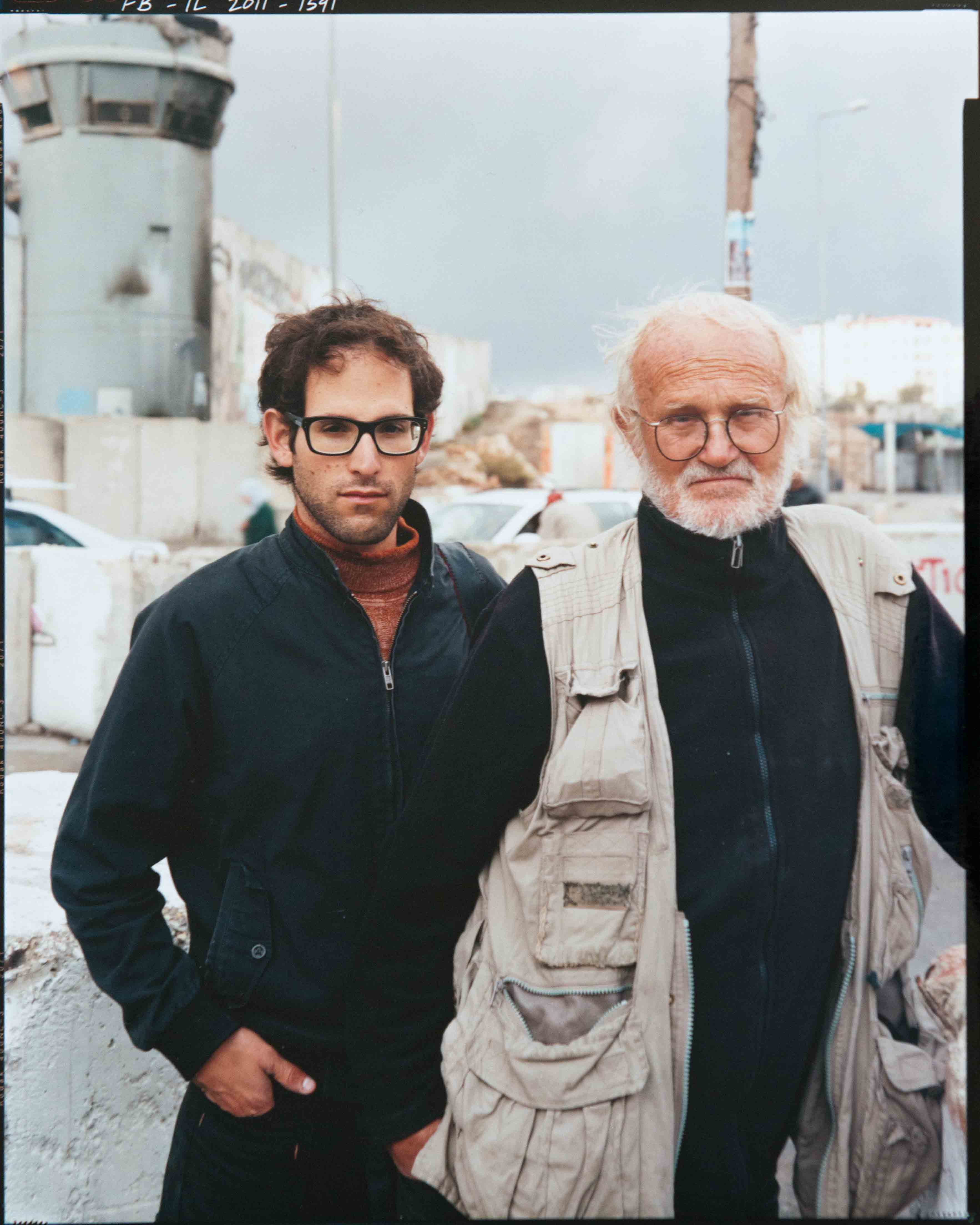
The process of student meeting master was one that didn’t always go smoothly, as Gilad Baram reveals: “There was a process of getting to know each other, which, in our case, was a very long process as Josef is not always the easiest guy.
“First of all he’s one of these characters who goes around the world and meets so many people, so you’re just [another] one of the people he meets.
“Also, I now know he was very, very suspicious towards this project in Israel. It was a very long time before he signed the contract offered to him by the organisers. He’s extremely cautious with things he takes on.”
He adds: “One of the most important things for Josef is to make sure he is not manipulated nor is his work manipulated.
“He was quite suspicious of me as he didn't really know who I was – I was just this guy who was presented to him and I think he had a feeling that I might be there to keep an eye on him. It took a while until trust started building between us.”
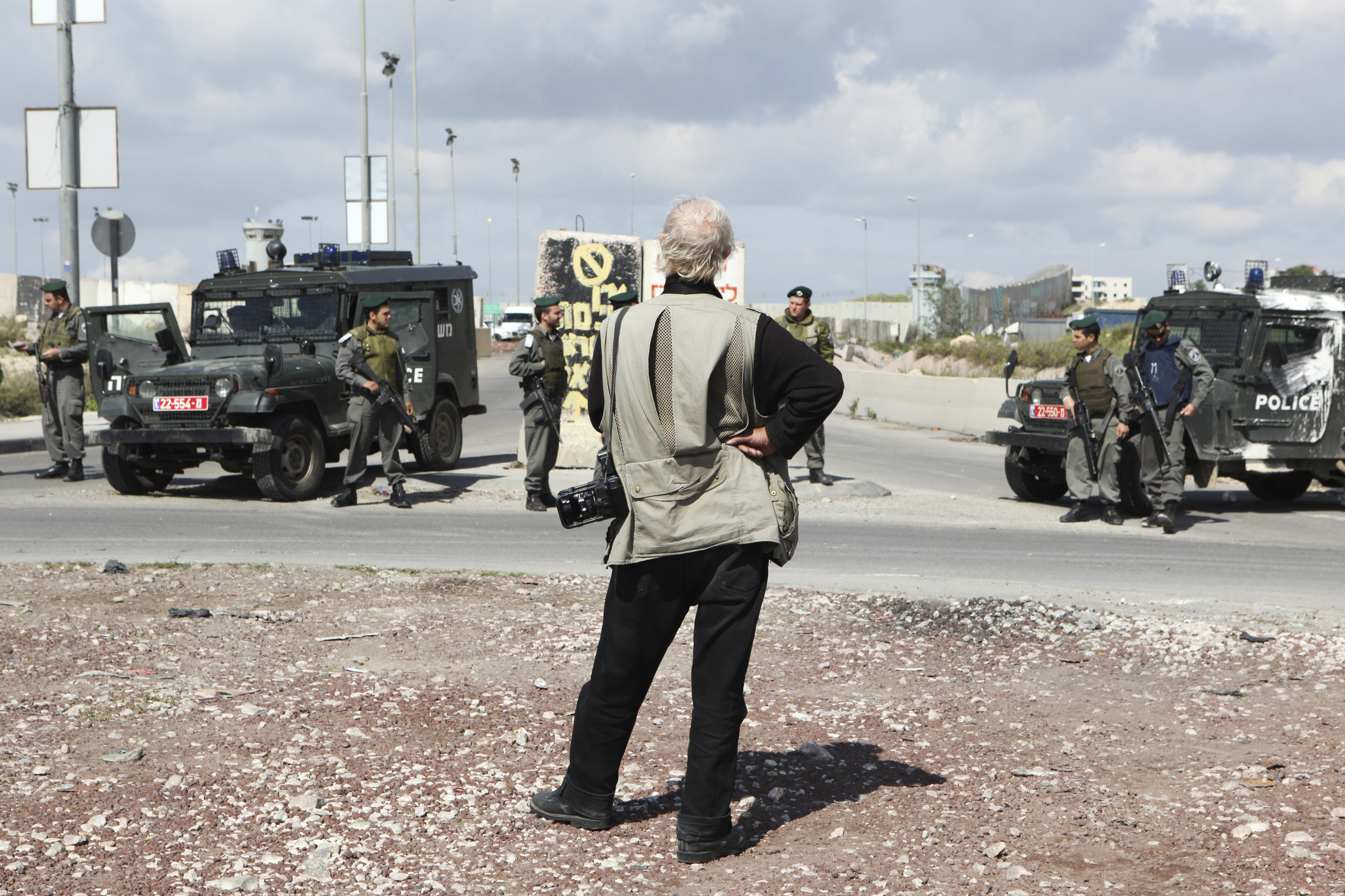
Koudelka: Shooting Holy Land didn’t start out as a documentary film but eventually morphed into one.
Baram recalls: “Our initial meeting was delightful. The first night we met was in a small Jerusalem hotel; it was together with the head of my department, Israeli photographer Miki Kratsman. Josef had a bottle of brandy and all of us kind of got drunk together. Everything was great.
“Then, the next morning when we met at 6.30am – Josef starts photographing when the sun goes up and finishes when the sun goes down – he was quite a different person; he was extremely quiet and very reserved. I tried making conversation in the car and kind of hit a brick wall.
“He said ‘Listen, you can read this interview I have given in this and this book and please don't ask me all these questions any more, I’ve already answered them all’.”
Koudelka at work
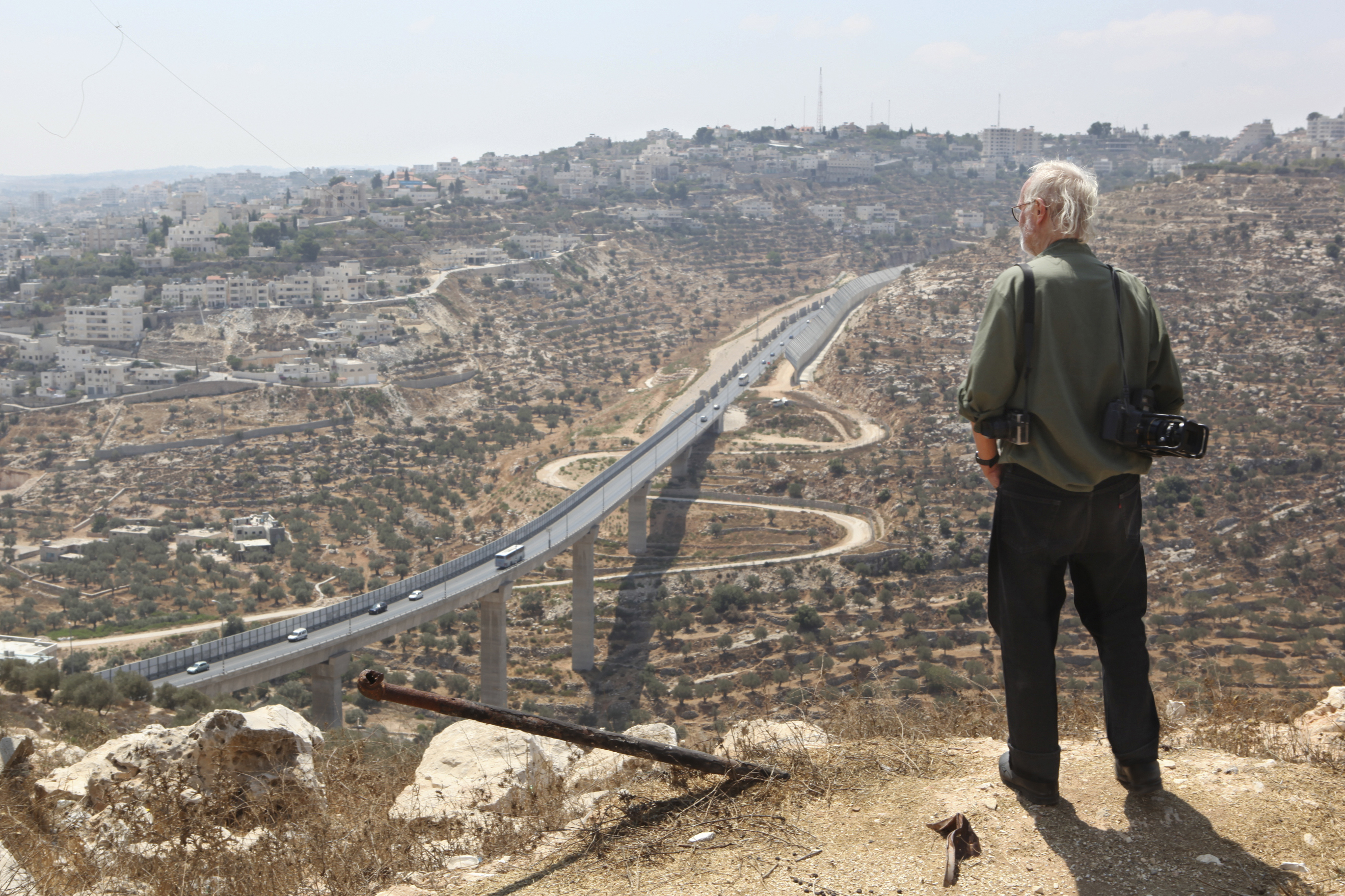
Baram continues: “Being with him on location was very interesting as it was the first time that I saw him photograph. I was immediately hypnotised watching him because it was completely different to what I’ve imagined.
“First of all it was hypnotising physically – he suddenly goes into this almost trance [state] when he seeks for a frame. His entire body starts moving in a strange way.
“He does this kind of “dance”, some sort of choreography that you can see again and again in the film; it’s rather unexpected and quite lengthy in time. This was not how I imagined Josef Koudelka from his past work which I studied in class and knew so well and I was fascinated by that.”
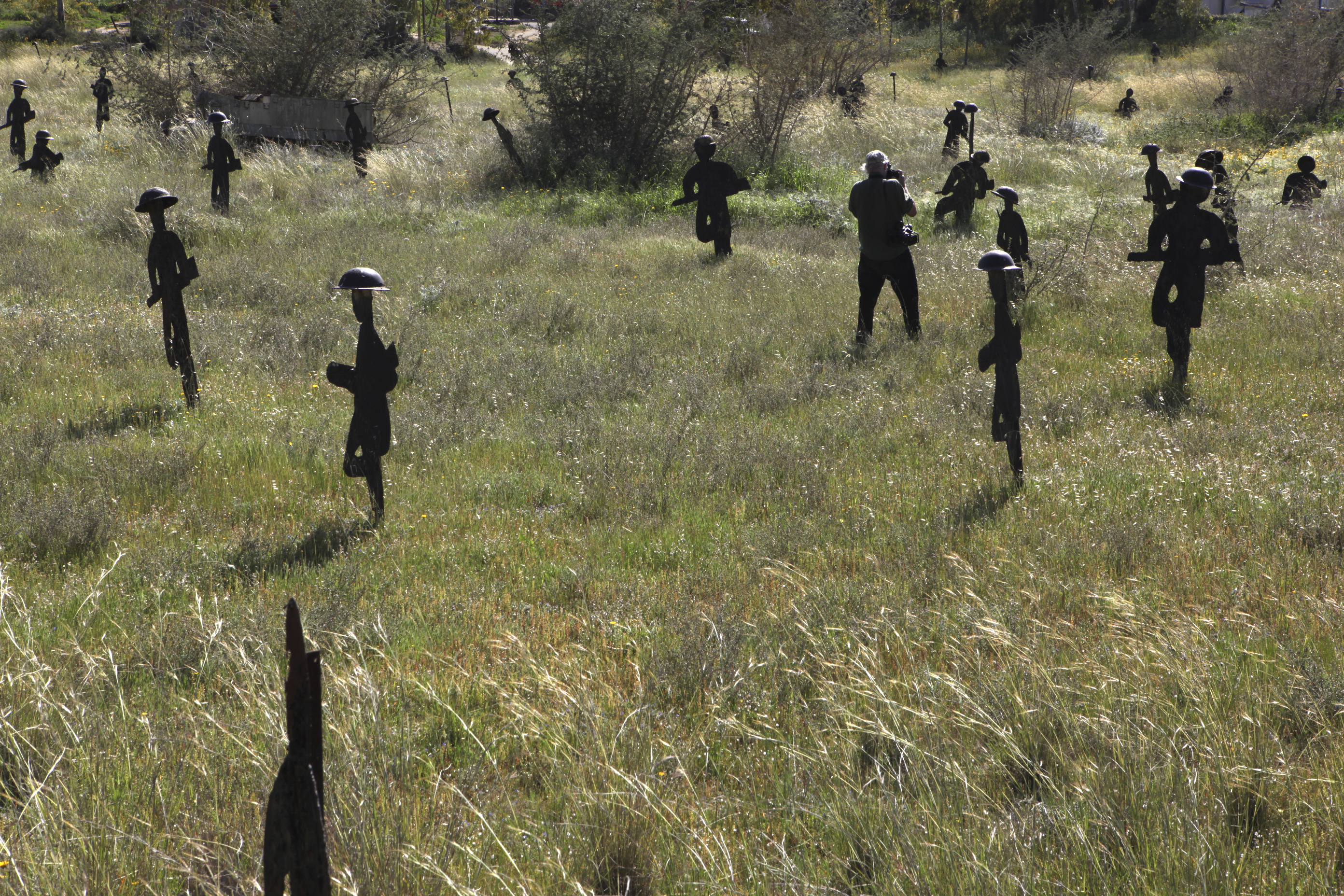
He adds: “Yet at the same time the initial interaction with him was so distant and limited that I realised that if I didn't find something to do myself I would get bored quite fast; I just had to find something that would occupy me and that I could call my own.
“I knew this was going to be quite a long-term project, so what happened was a very natural thing, I believe – as a student of photography I began bringing my camera with me. The first time I took it out was somewhere North of the West Bank.
“The minute we stopped he zooms out of the car and started walking away. Very quickly I took out my camera and, instead of staying in the car as I was doing up to that point, I started walking after him and began taking photographs – not of him, of the surroundings – but he came back towards me and said ‘Listen, leave the camera in the car, you’re not going to use it while I’m working’.”
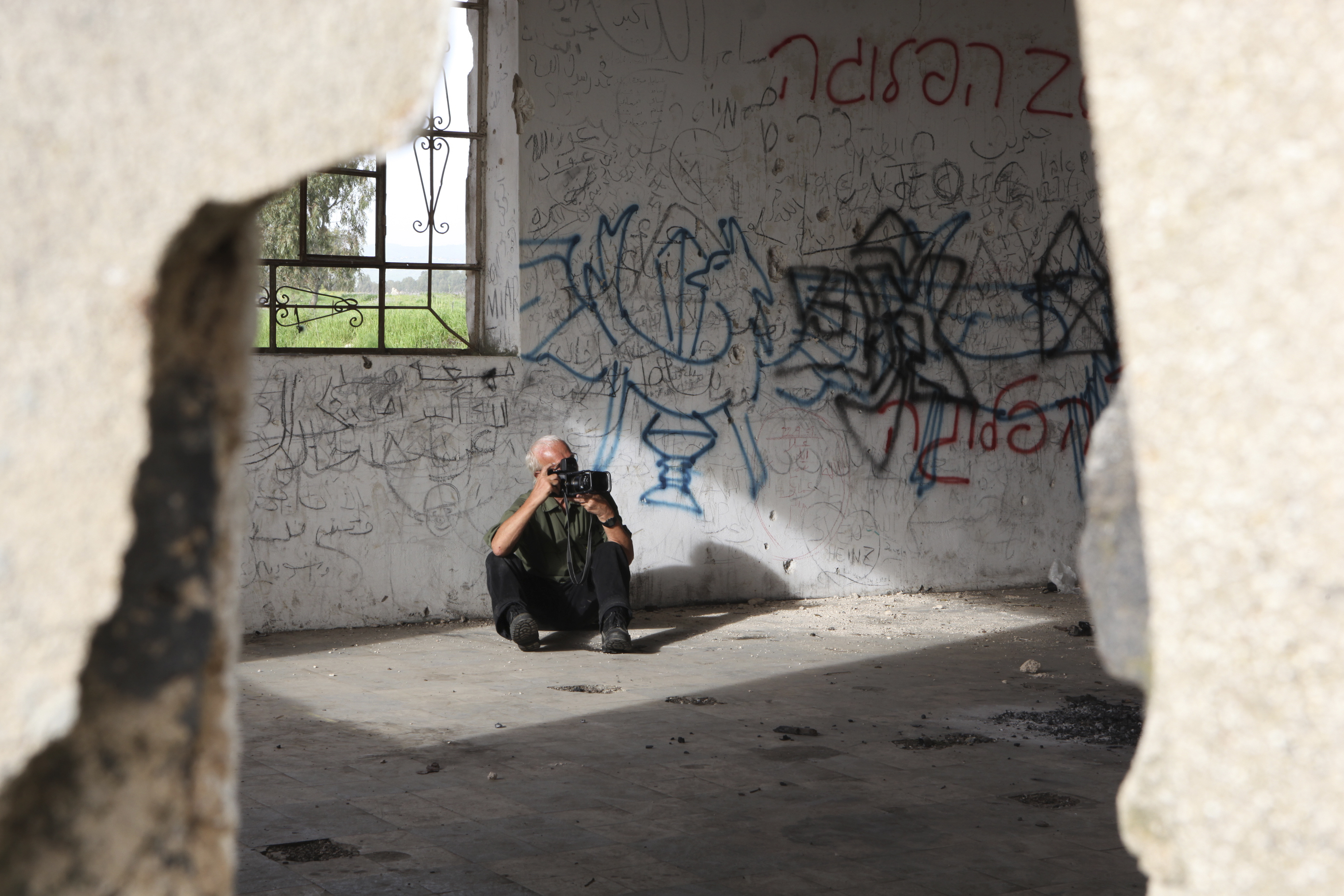
Baram admits: “I was quite shocked and rather upset. I did as he asked and he went on photographing. When we finished at that location and moved on to another one there was complete silence in the car. I was thinking to myself ‘OK, this is probably the end for me, I’m not going to continue.’
“But then I thought ‘I’ll just try again and if he says ‘no’ then I’m done’. And that’s what happened. When we stopped in the next location, I took out my camera again and this time he saw me doing it – I think he thought it was quite cheeky – but didn't say anything. That’s when something started happening…”
“At the beginning I only took photographs, and not of Koudelka, just of these crazy, surreal places that we were arriving at. But very soon, as I was holding the Canon 5D Mark II in my hands – it was 2009, not long after it came out to the market – I started playing with the video mode and making these short clips.
“Very quickly I realised that the most interesting thing around for me was actually Koudelka himself and the way he was making his photographs, so I started turning my gaze and my lens towards him. I think he noticed quite fast but I don't think he knew that the camera was capable of taking videos. Later on it became clear, of course.”
Gilad Baram and Josef Koudelka then came to an agreement that none of Baram’s material could be shown to anyone else and that Koudelka would have full access if he wanted to do anything with it.
Gilad Baram expands: “Basically that was our unwritten contract and it lasted for a very long time. Years later he was generous enough to give me the green light to create the film as I thought it should be and without any limitations. I respect him very much for acting this way.”
Seven separate visits
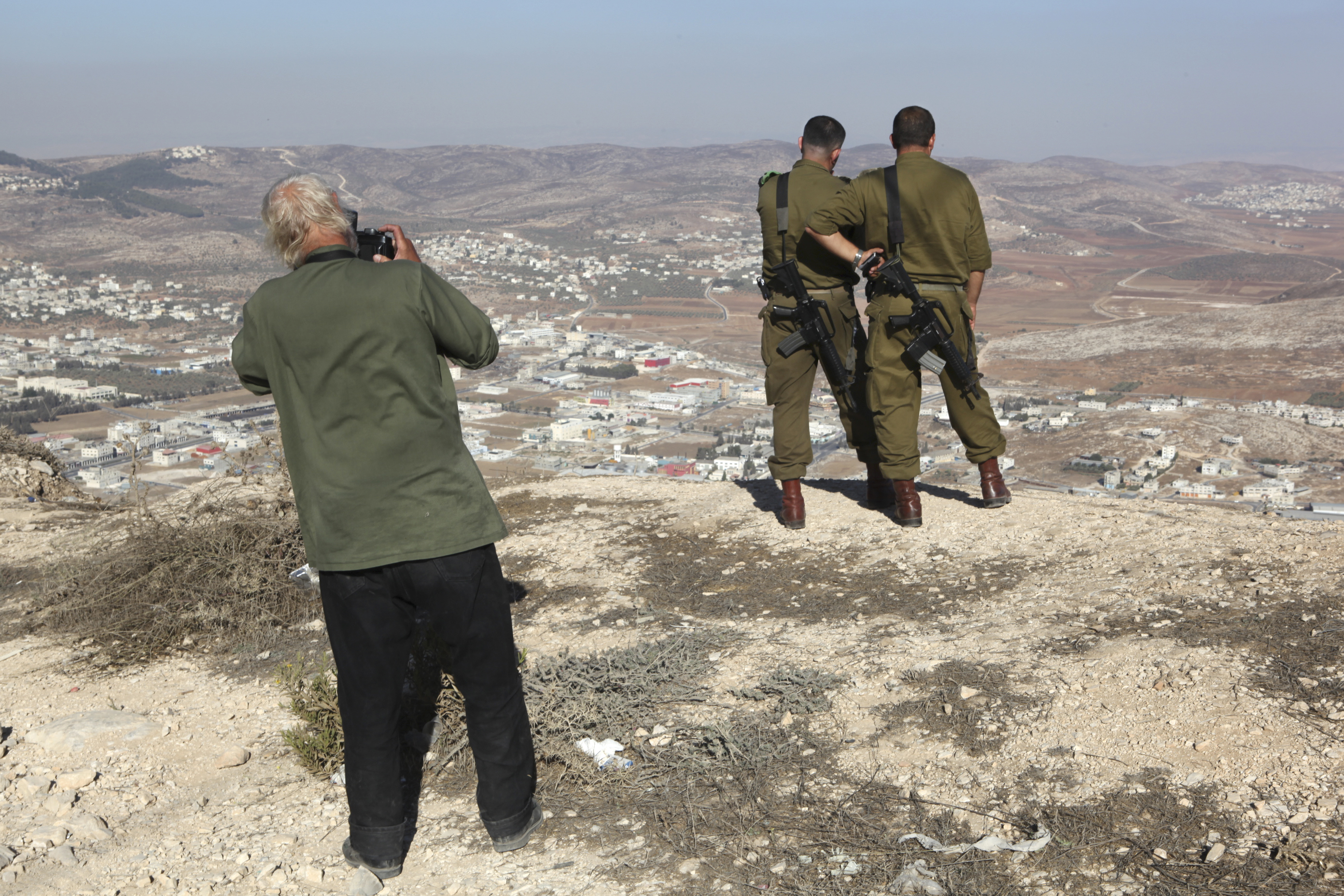
The film was shot during seven visits that Koudelka made to Israel and Palestine between 2009 and 2012.
Baram reveals: “Each visit lasted around about a month and we worked from morning till night, including weekends and holidays; it was a very intense period.
There were about five months to half a year between each visit and that’s when I could sit down and watch the material I’ve created, which was a big advantage to me because I’d never done a film before.
I had this incredible opportunity to develop this learning process with my own material and slowly realise what I was doing and, from visit-to-visit, try to improve it. Those short clips I made at the start became longer and longer, accumulating to more than 120 hours of material.”
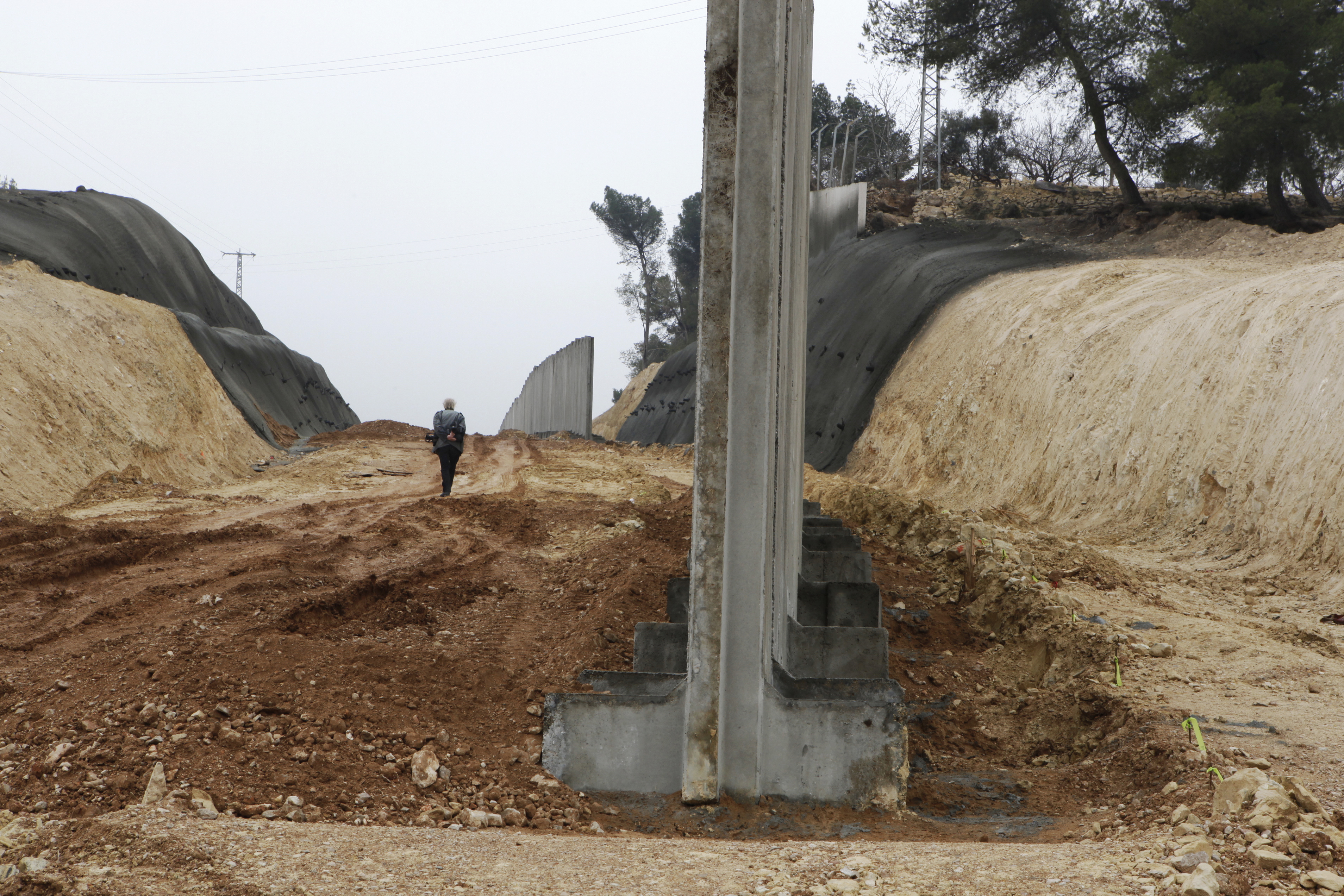
He continues: “In the beginning I was shooting with a handheld camera, frantically trying to run around Josef to catch him from different angles.
“I slowly realised that in order to understand this photographer and to try to portray him and his creative work I really needed to start watching him, learn from him and draw some elements of his way of working into my own practice.
“That’s when I started slowing down as Josef Koudelka, in this period of his life, is quite a slow photographer – sometimes it would take half an hour until he clicked [the shutter].
“Not only that but I also started using a tripod, not because he does, but because it became clear to me that I must use the visual language of still photography when observing this master photographer making photographs.
“This became the film’s visual language and pace.”
The new edit
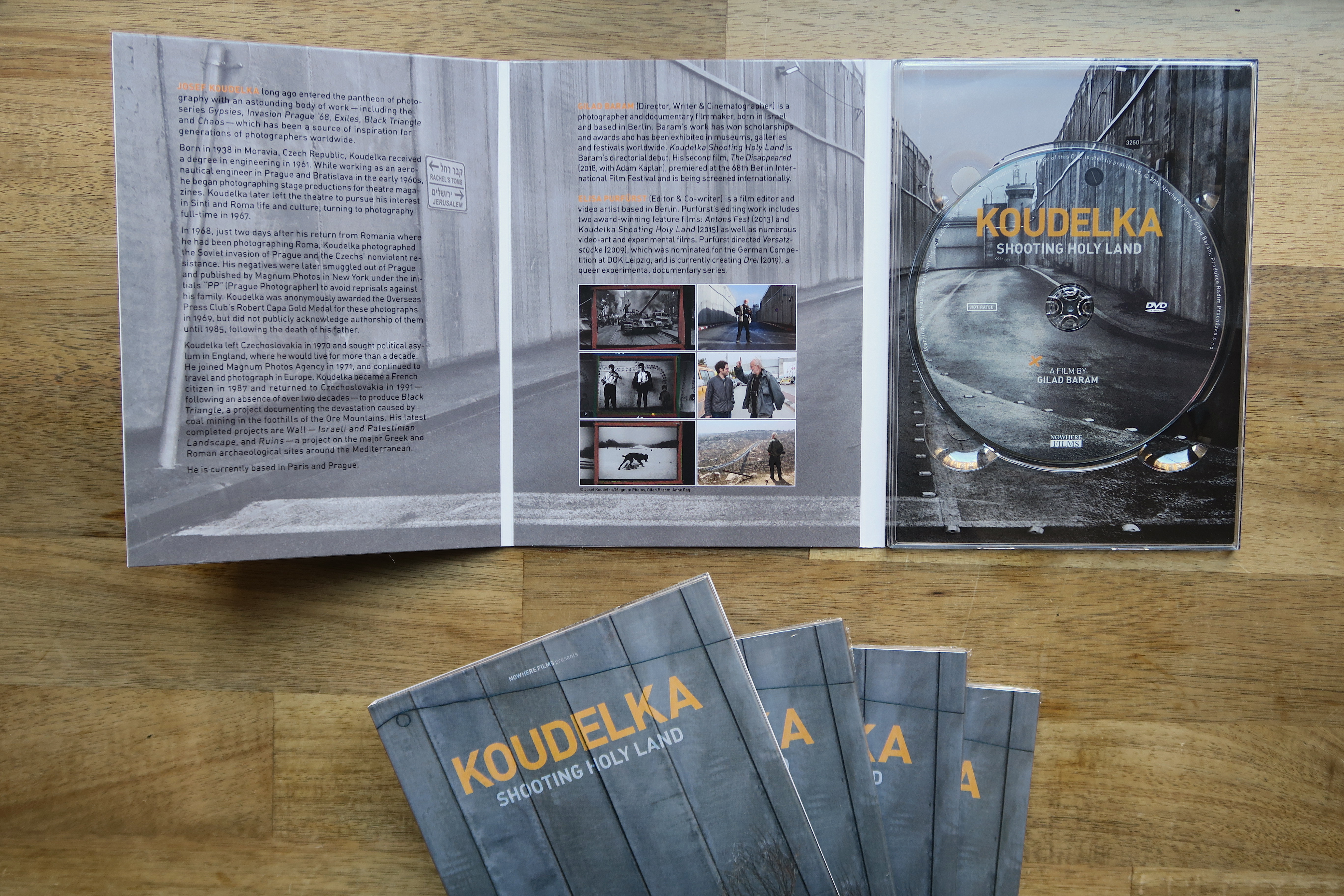
The original edit of the film was finished and premiered in the end of 2015 and the documentary has been screened at numerous festivals, museums and cinemas in France, the USA, Ireland, Israel, Germany and the Czech Republic, to name only a few.
A new version of the film – aka The Disc Edition – was issued in late 2019, following a successful crowdfunding campaign.
It includes over an hour of extra material, including intimate conversations between Baram and Koudelka in his studio in Paris – about his long-standing career and about photography in general, on-field scenes that were not included in the original edit, and an on-stage appearance in Prague by Koudelka and Baram.
The film is a slow burner – one that’s well worth watching a few times. It slowly unveils the secrets behind Koudelka’s way of working and his habit of taking time before pressing the shutter button.
It allows us to enter into the world of Koudelka with a unique front row seat view of how this normally media-shy photographer works on a day-by-day basis.
Summing up the experience of making the film with Koudelka as its protagonist, Gilad Baram notes: “The trust and the friendship that was built between Josef and myself; the development of the film and my understanding of what the material should be and would be and the element of acceptance and discussion, was a very, very long and gradual process.
“If it started with Josef telling me to put my camera in the car and not use it; it ended with him asking me from which side of the frame to enter. That was the point where I realised I need to stop shooting because he became compliant.
“This was also the last time he was in Israel and Palestine, so I simply couldn’t have asked for better timing.”
Find out more
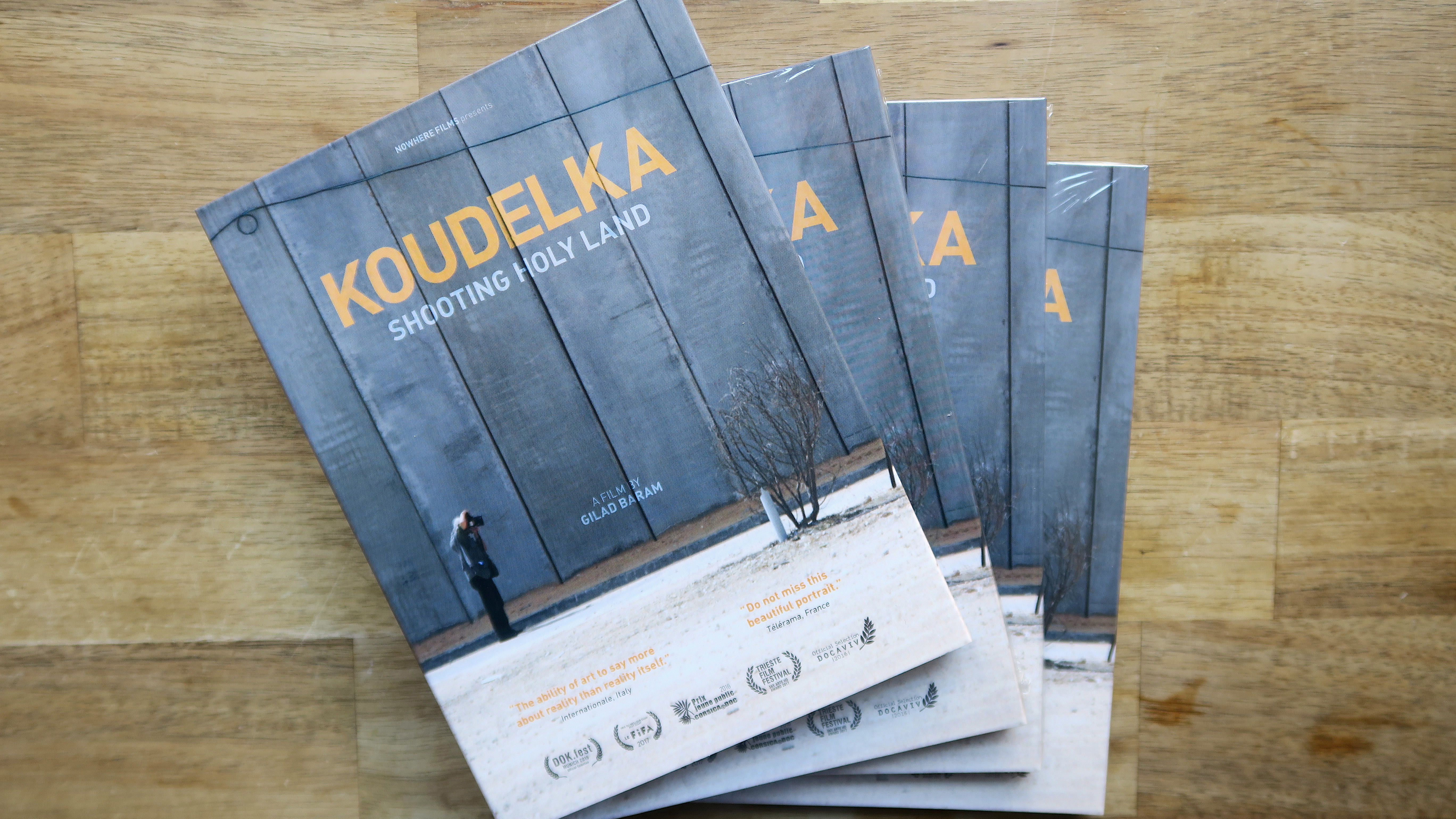
- Josef Koudelka’s panoramic photography from Israel and Palestine appears in the book ‘Wall’, published by Aperture (ISBN: 978-1-59711-241-3)
- The documentary film Koudelka: Shooting Holy Land (The Disc Edition), directed by Gilad Baram and produced by Nowhere Films, is available on DVD, Blu-Ray and streaming. To find out more about the film go to www.koudelka-film.com
- More about Baram’s work on http://giladbaram.net/
Read more
• 25 best movies about real photographers
• The best books on photography for beginners and pros
Digital Camera World is one of the leading authorities on camera and photography news, reviews, techniques, tutorials, comparisons, deals and industry analysis. The site doesn't just specialize in cameras, but all aspects of photography, videography and imaging – including camera phones, gimbals, lenses, lighting, editing software, filters, tripods, laptops, printers, photo books, desks, binoculars and more.
Whether you're using, looking to buy or trying to get the most out of a compact camera, action camera, camera drone, cinema camera, beginner camera or professional camera, Digital Camera World has a roster of experts with combined experience of over 100 years when it comes to cameras, photography and imaging.

